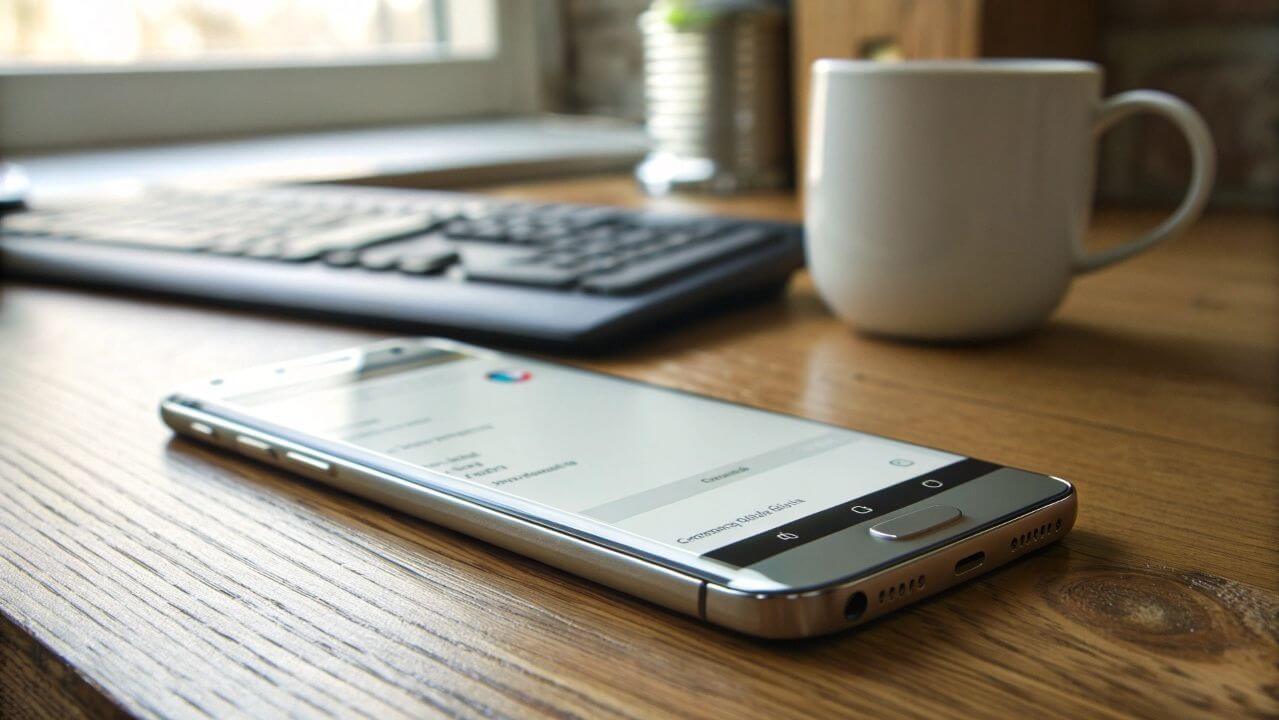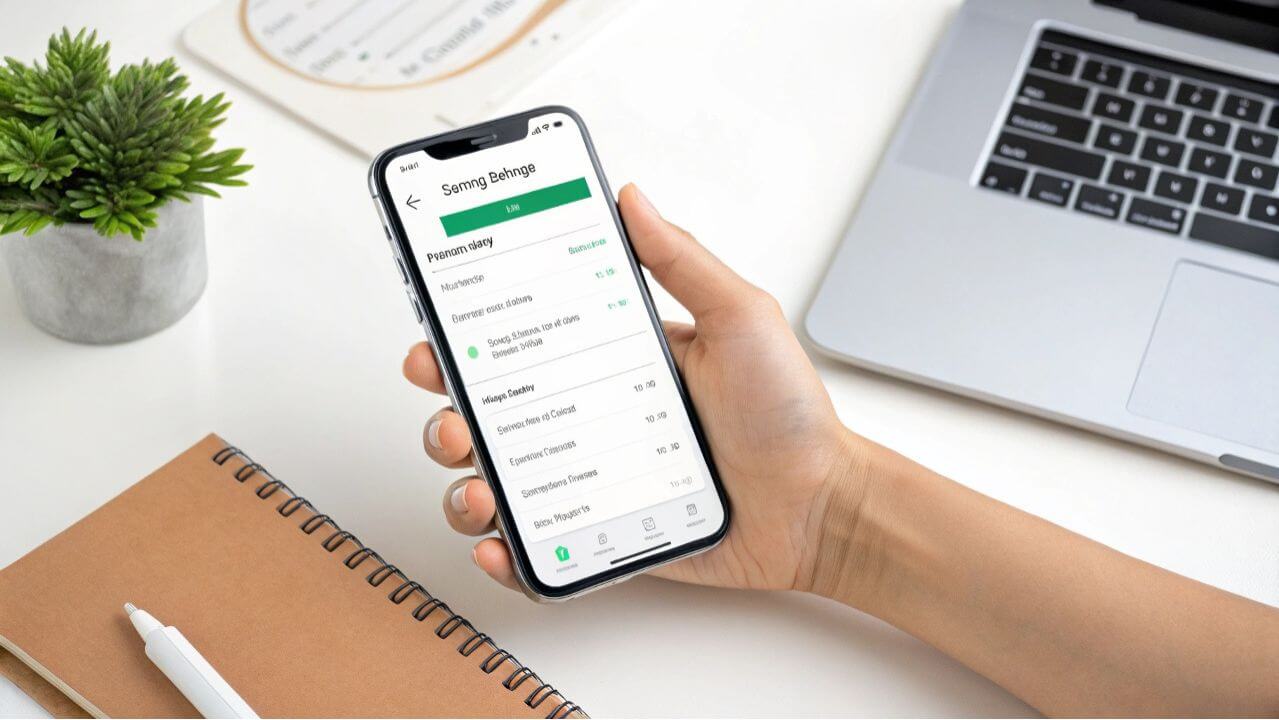Many Android users get puzzled when they notice the strange path content://cz.mobilesoft.appblock.fileprovider/cache/blank.html in their browser history or system logs. It may appear after using AppBlock or when a blank.html error Android flashes on the screen. This URI isn’t a virus; it’s a simple reference that points to a cached HTML file created by AppBlock’s fileprovider cache blank page feature.
By understanding how an AppBlock file provider cache stores temporary data, you can keep your phone running smoothly and protect your privacy. This guide explains why the system keeps placeholder files, how to remove them safely, and what makes cz.mobilesoft appblock storage important for performance.
What Is content://cz.mobilesoft.appblock.fileprovider/cache/blank.html?
The path content://cz.mobilesoft.appblock.fileprovider/cache/blank.html is a special Android content URI path. It points to a small placeholder page stored in the AppBlock cache. Android uses this format to share files between apps securely. The blank.html error Android users sometimes see is not a virus but a cached HTML file.
When AppBlock blocks an app or a website, it may save a temporary html cache appblock file called “blank.html.” This file is stored in the AppBlock fileprovider cache so the app can display an empty screen instead of the blocked content. Understanding what is content cz mobilesoft appblock fileprovider cache blank html helps you see why it exists.
Understanding Android Content URIs and FileProviders
Android uses content URI security in android to protect how apps share data. A FileProvider lets an app safely expose files to another app without revealing their full storage path. This process keeps your private folders safe while giving apps controlled access.
A file provider cache blank page is simply a stored page used when apps need a placeholder. Android apps like AppBlock save items like the blank html file in android apps inside the cache for quick access. This is part of standard Android design for speed and privacy.
Role of AppBlock in Creating blank.html Cache Files
AppBlock helps people focus by blocking distracting apps or websites. To show a clean screen, it saves android temporary html files in its cache folder. One of these is blank.html, which explains why blank.html appears in AppBlock during a blocking session.
The cz.mobilesoft appblock storage holds these temporary pages in a secure place. This keeps blocked content hidden while providing a smooth user experience. The appblock cache location is private, so only the app can reach it.
Is content cz mobilesoft appblock fileprovider cache blank html Safe?
Many users wonder, is appblock fileprovider cache safe? Yes, this path is harmless. It is only a file link created by AppBlock to show a blank page. It does not collect your personal data or send hidden information.
Still, clearing the cache regularly is wise. Android app cache and privacy settings help control stored data. Deleting unneeded files keeps your device fast and reduces storage use.
Common Situations Where This Path Appears
You may see temporary html cache appblock entries when browsing history or checking system logs. They can also show up after you block a website through AppBlock or when a webview blank.html issue happens inside the app.
Some users also find it after an update or while syncing their devices. These events make Android save a placeholder page for smooth performance. The path is just proof that AppBlock did its work.
How to Fix or Remove content://cz.mobilesoft.appblock.fileprovider/cache/blank.html
If you want to remove this file, you can clear cache in AppBlock from its settings. Go to your phone’s Settings, open Apps, choose AppBlock, and tap “Clear Cache.” This is the easiest way to handle troubleshooting appblock cache blank page problems.
Another solution is to reinstall or update the app. This often fixes content:// cz.mobilesoft.appblock fileprovider issues quickly. If problems continue, reset your browser or WebView to refresh Android’s display engine.
| Method | Steps | Result |
| Clear AppBlock Cache | Settings > Apps > AppBlock > Storage > Clear Cache | Removes old cached files |
| Update or Reinstall App | Download latest AppBlock version | Fixes bugs and refreshes cache |
| Reset WebView | Update Android System WebView | Solves display glitches |
Tips for Developers Handling FileProvider URIs
Developers must handle android content uri path links carefully. Use Android’s ContentResolver to access files instead of absolute paths. This keeps user data safe and apps stable.
When working with WebView, sanitize input to avoid loading unnecessary files. Following good practices helps avoid blank html files in android apps errors and keeps apps secure.
Performance and Security Best Practices
Good risk management for cached files includes limiting their size and lifespan. Developers should delete old pages and compress stored data. This prevents storage bloat and protects users.
Security is also vital. Keep content uri security in android strong by applying strict permissions. Apps should not share cached files without user consent.
Conclusion
The content://cz.mobilesoft.appblock.fileprovider/cache/blank.html path is part of how AppBlock works on Android. It stores a small blank page to replace blocked content. Keeping your app updated, cleaning cache, and following simple safety tips ensure smooth use. For more Android tips, visit GoTechanic.
For further reading, check Android’s official FileProvider guide or learn about AppBlock’s privacy policy.
By understanding this URI, you can enjoy AppBlock’s focus tools without worrying about storage or security.
Frequently Asked Questions
Q1: What is content cz mobilesoft appblock fileprovider cache blank html?
It is a safe path to a placeholder page created by AppBlock.
Q2: Can I delete blank.html?
Yes, you can remove it by clearing the cache or reinstalling the app.
Q3: Why does it reappear?
AppBlock recreates it whenever you block something.
Q4: How to clear fileprovider cache in android?
Open Settings, go to the app, and tap “Clear Cache.”
Q5: Does it harm my phone?
No, it is harmless and used for quick display.



